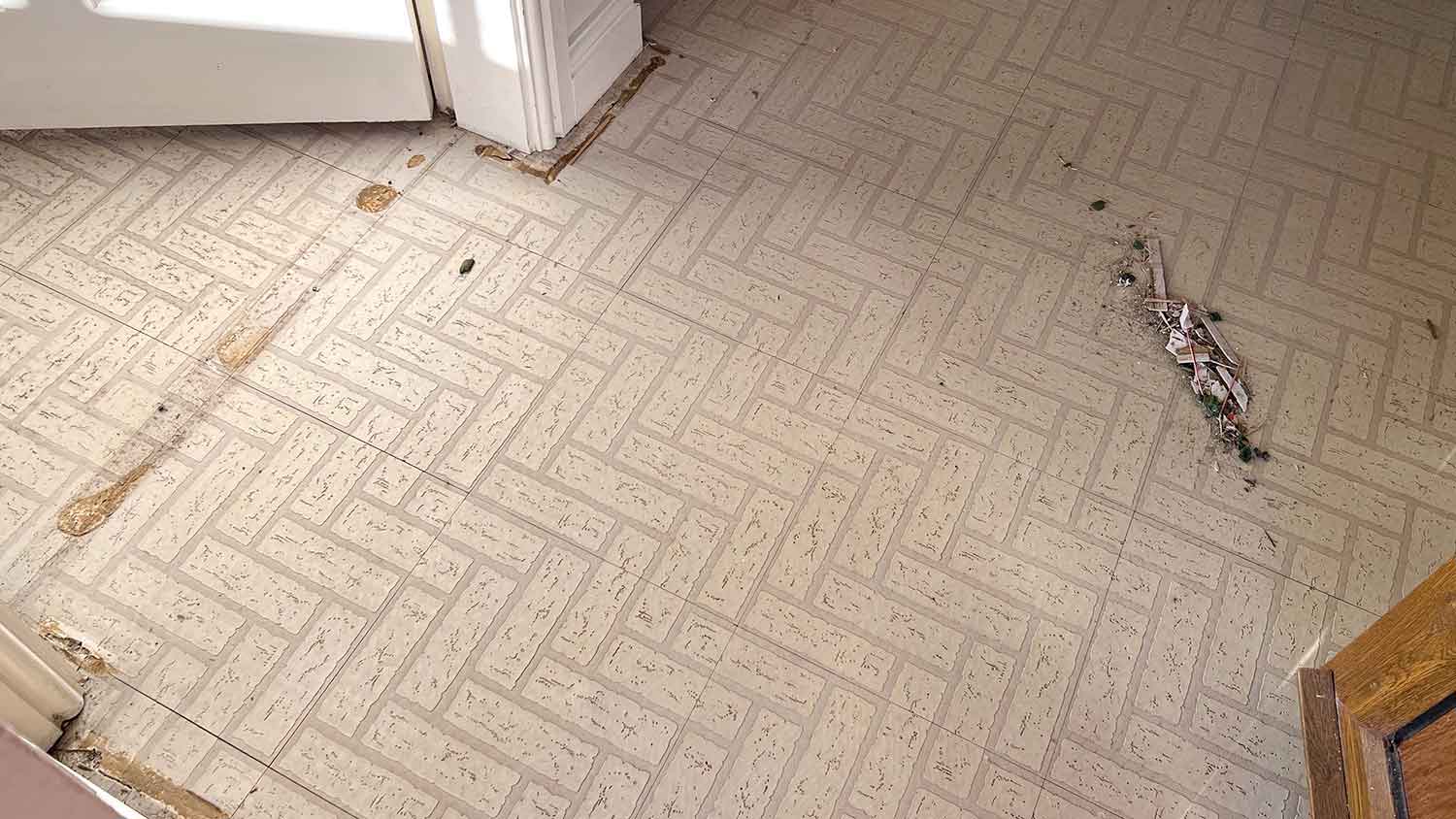
Asbestos removal costs vary based on where it’s located, the size of the job, and if there is any underlying damage. Learn what has the biggest effect on the cost.
Take out asbestos without breaking the bank


Obtaining an asbestos removal grant requires certified asbestos testing.
Most organizations only give asbestos removal grants to low-income households.
Various local, state, and federal organizations offer these types of grants.
Finding out you have asbestos at your home or business is an unsettling feeling. How do you eliminate the danger—and how do you pay for it? You need a local asbestos removal professional to do the work safely. To cover the cost, you can apply for a grant. Learn more about asbestos removal grants in this guide.
When seeking a grant to help you pay for asbestos removal at your home, you’ll need to follow a few steps and processes to qualify. The steps listed here serve as guidelines. The rules of the private, local, state, or federal organization offering the grant will determine the exact steps you must follow.
To qualify for most asbestos removal grants, you have to be the legal owner of the property. If a property you’re inheriting is tied up in probate court, you may have to wait until the probate process ends and you take ownership before you can apply for grants.
To seek a grant, you must show proof that a certified tester found asbestos. You need to have proof that the asbestos is causing an immediate health risk.
You will need an official cost estimate for the abatement before you can apply for the grant. Some grants put a cap on how much they’ll pay, depending on the project. The cost to remove a popcorn ceiling with asbestos may be slightly less than an asbestos tile removal cost, for example.
Many grants for asbestos removal require the property owner to have limited income available. Income thresholds differ depending on the organization, but most require you to be below a certain income level.
If the property that has asbestos is on the National Register of Historic Places, you may need to follow certain steps when removing asbestos to maintain the integrity of the property. For this reason, many asbestos removal grant issuers will avoid these types of historic buildings. However, you may qualify for other grants related to repairing historic buildings.
Many different organizations offer asbestos removal grants. If you don’t qualify for a grant from one organization, you could try contacting another organization.
Federal: Federal housing organizations are the most likely to offer asbestos removal grants for low-income households. Search the websites of the Environmental Protection Agency (EPA) and the Department of Housing and Urban Development (HUD) for possible grants.
State: If grants are available from your state, most of them go through the state’s environmental protection department or urban housing department.
Local: If you have a local health department, reach out to ask about any local grants for asbestos removal.
Private: Non-profit groups may offer some help with the cost of asbestos removal, including the Asbestos Disease Awareness Organization (ADAO).

Hiring a local asbestos testing company is the best way to determine whether your property has asbestos.
The age of your home provides a significant clue to determine whether you need testing. When was asbestos used in homes? Houses built from the 1930s through the 1970s have the highest potential for containing asbestos-containing materials.
Locations where you may find asbestos in a home include:
Popcorn ceilings
Ceilings with textured paint
Old vinyl floor tiles
Old cement floors
Wall, ceiling, or roof insulation
Insulation around pipes
Insulation for furnaces
Roof shingles
Home siding
Data from Angi customers shows that 78.1% of homes that needed asbestos removal were built before 1978. Only 12.4% of homes needing asbestos removal were built after 1978. If you have an older home, preventative asbestos testing by a professional abatement company is a smart, safe choice.

If you need to remove asbestos with or without an asbestos removal grant, you’ll have to start by figuring out who to call for asbestos removal.
Finding a local asbestos removal professional is the key to doing this job safely and quickly. The professional will have the protective equipment to remove the materials while minimizing the danger to your family.
How long asbestos removal takes depends on the scope of the job. Removing small amounts of asbestos may only take a day, but larger jobs could take a week or longer.
An asbestos removal grant can reduce the amount you have to pay for the job. Without a grant, though, you’d have to pay the full amount of the removal work yourself.
You may wonder whether it's okay to stay in your home while asbestos mitigation work is underway. Asbestos is a health hazard and is a risk to anyone exposed to the asbestos fibers. While there might be specific times when you can stay in the home during the mitigation process, it is not worth risking the health and safety of your family, leave your home.
From average costs to expert advice, get all the answers you need to get your job done.

Asbestos removal costs vary based on where it’s located, the size of the job, and if there is any underlying damage. Learn what has the biggest effect on the cost.

Get clear answers on asbestos tile removal cost, including average prices, cost factors, and tips to save money on safe, professional removal.

Discover the cost to replace asbestos siding, including key cost factors, and tips to help homeowners budget for safe and effective siding replacement.

What's lurking behind your home's walls? Learn how to tell the difference between asbestos and cellulose insulation in this guide.

Asbestos insulation can vary in appearance depending on the type.Knowing what asbestos insulation looks like can keep you and your family safe.

Your home may contain asbestos, but don't panic. Learn where asbestos is found, and what you can do about it to protect yourself.